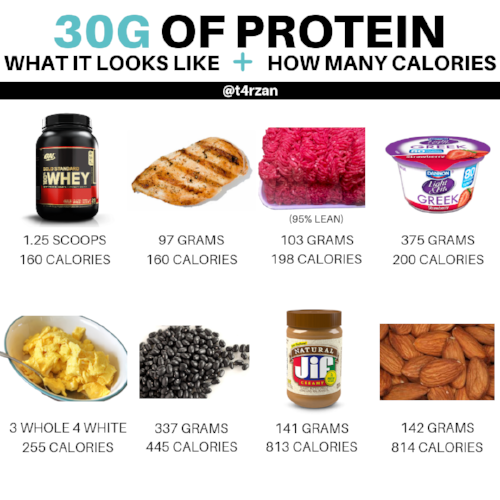Word Count: 793
Average Read Time: 3 minutes
When I first started working out, I thought I had a high protein intake. After all, I was eating several foods that said “high protein” on the label. That meant my protein intake had to be high, right? Wrong! After having a conversation with my buddy Tobias Young, I started tracking what I was eating and discovered my protein intake was significantly lower than I thought it was.
Since launching Treadaway Training to the public in 2016, I’ve come across dozens and dozens of people who have fallen into the same trap. You’re probably making the same mistakes I was, but you don’t have to after today. I’m going to reveal to you the traps that can trick you into thinking your protein intake is through the roof, when in reality, it’s really closer to the floor.
Read the correct side of the package.
Just because something says “protein” on the front of the package, doesn’t mean it’s actually high in protein. There is no FDA definition for “high protein”. A granola bar with 5 grams of protein can be labeled “high protein” by the manufacturer.
Look at the back of the label, not the front. If a serving of the food in question doesn’t have at least 20 grams of protein, it’s not high protein. Take a look at these two “Protein” bars:
The bar on the right contains 190 Calories and only 40 of those Calories are actually from protein. In other words, only 21% of the Calories are from protein. The left bar on the other hand contains 180 Calories and 84 of them come from protein. This means 47% of it’s Calories are from protein. That’s over double!
Don’t believe everything you’re told.
There are foods that you’ve always been told are great protein sources that are actually horrible protein sources, such as: nuts, nut butters, beans, etc. Before you start throwing stones at me, I’m in no way saying these foods are bad foods or that you shouldn’t eat them. I’m simply saying they’re poor choices for increasing protein intake. Take a look at the chart below.
This chart shows how much you would have to eat of a particular food item in order to get 30 grams of protein from that food item as well as how many Calories you’d be consuming in the process. As you can see, in order to get 30 grams of protein from black beans, you’d have to eat 337 grams (0.75 lbs) and would consume 445 Calories.
As you go towards the end of the list, it gets even worse. In order to get 30 grams of protein from almonds, you’d have to eat 142 grams (0.31 lbs) and would consume 814 Calories. That’s more than half of many people’s total daily Calorie intake!
How to increase your protein intake:
While the exact number will depend on your training experience and your goals, the majority of people should be consuming between 0.8 - 1.3 grams of protein per pound of body weight and each meal should contain 30 - 50 grams of protein if you’re concerned with building muscle. How do we hit these targets without consuming too many Calories?
In an ideal scenario, if you’re eating a food for the purpose of increasing your protein intake, it should be primarily made up of protein. If you’re looking specifically for foods to include into your existing diet to increase your protein intake, focus on the protein category in the chart below.
If you’re looking to completely overhaul your diet to be a high protein diet, check out the “protein”, “protein & fat”, and “protein & carb” categories as well as the neutral category in the middle.
Takeaway
Just because the front of a package says “high protein”, doesn’t mean it’s true. Check the nutrition label on the back. (Click to Tweet this.)
The majority of people should be consuming between 0.8 - 1.3 grams of protein per pound of body weight
Each meal should contain 30 - 50 grams of protein if you’re concerned with building muscle.
Lean meats, egg whites, lean fish, and protein powders provide the highest concentration of protein.
“Secondary” protein sources include: whole eggs, fattier meats and fish, low-fat and fat-free dairy, and beans.
Thank you so much for reading! If you found this information helpful and want to help the Treadaway Training blog grow, simply share this post with a friend. If you like what I have to say, sign up below to become a Treadaway Training insider and get notified for each blogcast and video. I will be back here Thursday with another fat loss topic. As always, God bless you AND your family and I'll see you Thursday.









